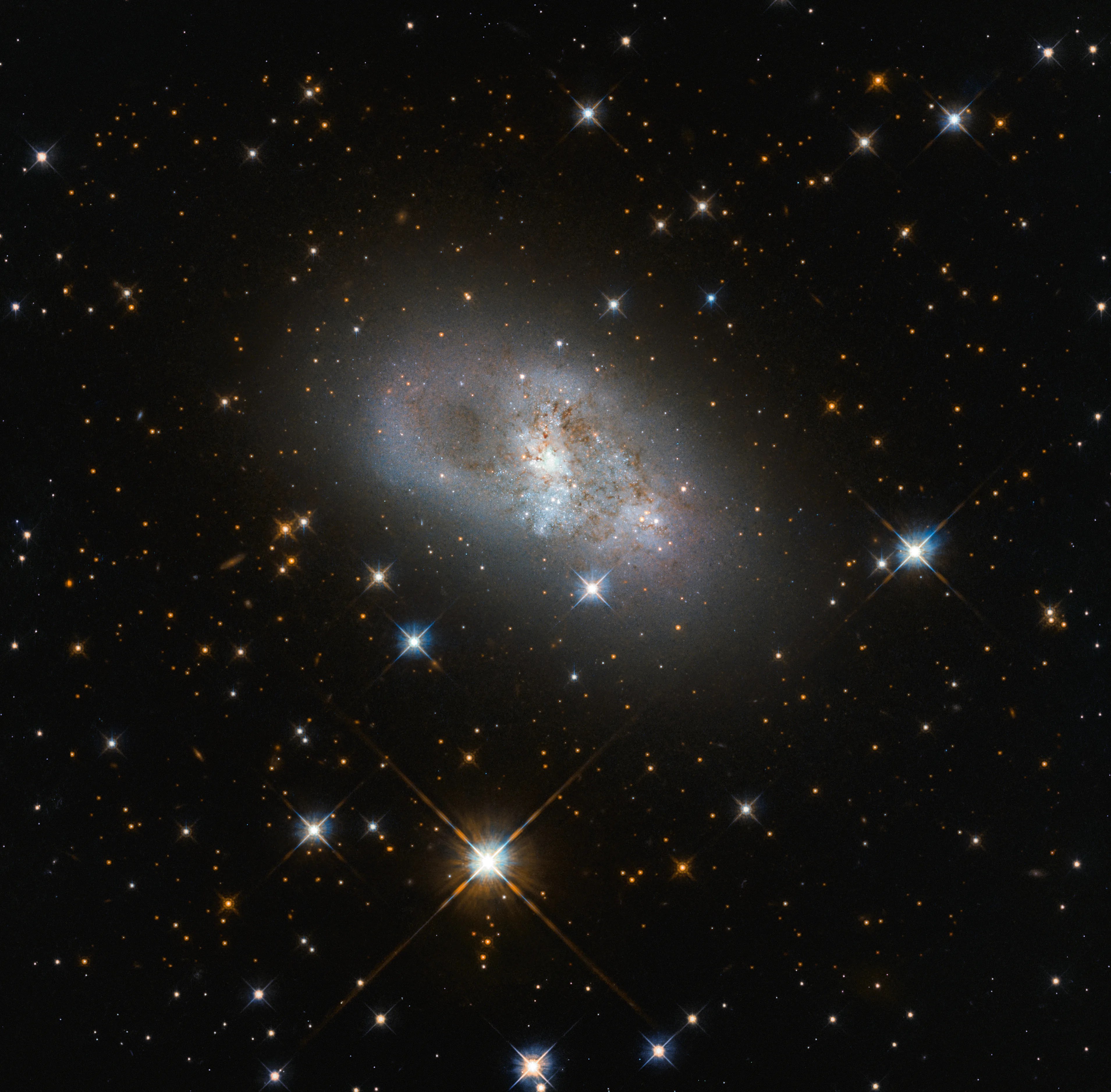1 min read

This image from the NASA/ESA Hubble Space Telescope shows IC 4653, a galaxy just over 80 million light-years from Earth. That may sound like quite a distance, but it’s not that far on a cosmic scale. At these kinds of distances, the types and structures of the objects we see are similar to those in our local area.
The galaxy's whirling arms tell us a story about what’s happening inside this galaxy. Bright blue patches mark sites of active star formation. Studying the structures of other galaxies is a key way to learn about the structure of our own, given that humans can’t leave the Milky Way to look back and see what it looks like from the outside. It helps to compare our observations of our home galaxy with those of nearby galaxies we can see in their entirety.
Text credit: European Space Agency (ESA)







